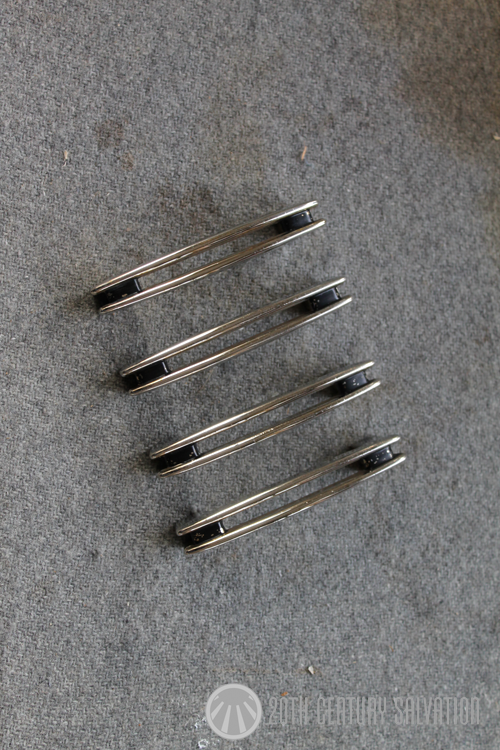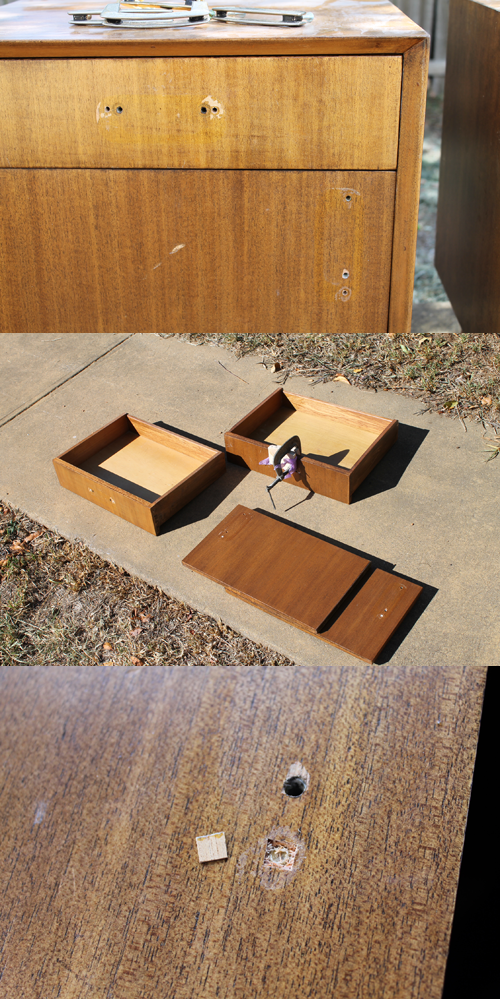Welcome to 2017! (Although 6 weeks late………)
I thought I’d start off the year by sharing a little personal project around the house that I’ve recently completed as it fits in perfectly with our ideals, which is saving items from the 20th Century and giving them another lease on life!
You see, we’ve got a small drop off just outside our back veranda, and with a new little woofer on the way I was after a small bit of fencing to stop him getting into bad habits of jumping/falling off the edge.
So one day whilst browsing a scrap metal/recycle yard I came across this great little section of 1960’s fencing (love this design!). As soon as I saw it I knew I had the perfect spot for it so after exchanging a $10 note home it came to get measured up.

After a few small modifications (few brackets added to mount in its new position) the tedious task of removing the old paint, cleaning, then undercoating was here. After a few enjoyable hours it was now ready to be positioned and fixed into place.

Once mounted, I then completed the job by applying 2 coats of an exterior paint (woodland grey) to match our window frames. Although the colours slightly differ to 50 years ago they still work extremely well with it’s design (let’s be honest – any colour would look good on it!)

So there you have it folks, a great piece of 1960’s design fencing, a $10 note, some elbow grease and paint makes for a job well done whilst adhering to our status quo.



















